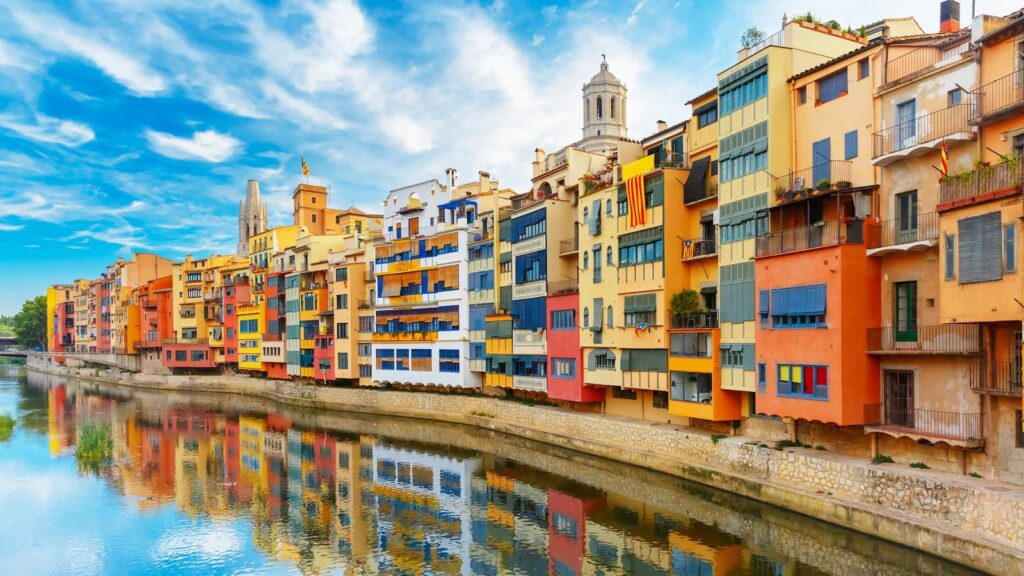What does change look like in a school corridor?
The October 2025 kick-off brought together educators, researchers, and community leaders from across Europe. It marked the beginning. Lorem ipsum dolor sit amet, consectetur adipiscing...

How do you design the identity of a research project whose outcomes do not yet exist — and are meant to emerge through collaboration?
That was the challenge at the heart of the FEDORAS Academy’s visual and digital design process. From the outset, the ambition was not to create a finished aesthetic, but to shape an evolving visual language, one that could carry the project’s values, hold space for growth, and invite participation along the way.
The process began with listening. At the first project meeting, all partners were invited to reflect on the Academy’s purpose by responding to a simple but revealing question:
“What three words come to mind when you imagine the identity of the FEDORAS Academy and why?”
What emerged was a rich tapestry of responses. Some spoke of transformation and futures thinking. Others evoked empowerment, agency, and professional pride. There were expressions of community, co-creation, complexity, innovation, and deep values around sustainability and care. A recurring emphasis was also placed on aesthetics not as surface decoration, but as an integral expression of meaning and engagement.
These responses were not treated as isolated ideas, but analysed and clustered into six interconnected themes:
Each of these themes became a guiding thread in the conceptual development of the identity. Together, they offered a compass — not only for how the Academy might look, but for how it might feel, what it might evoke, and what kind of relationships it might foster.
The hexagon, drawn from the original project blueprint, became a symbolic and structural anchor. It was reinterpreted not as a closed form, but as an unfolding, dynamic space — a frame that invites movement, dialogue, and exchange. In this way, geometry became metaphor: the identity should not constrain, but expand; not define, but invite.
This thinking carried directly into the design of the website, which developed in close dialogue with the identity. The site was never seen as a static container for content, but as a living extension of the Academy’s ethos. Its structure follows a storyline approach, designed to communicate not just information, but purpose and possibility.
Crucially, both the identity and the website were developed not as final products, but as evolving frameworks shaped by dialogue, designed for adaptation, and grounded in a shared belief: that how a project communicates is inseparable from how it collaborates.
The work continues. The full identity package and website will be shared soon. But already, this process has confirmed that designing an identity is not just about creating a look. It’s about shaping a common ground a visual and conceptual space where people can meet, contribute, and build something meaningful together.
…
The October 2025 kick-off brought together educators, researchers, and community leaders from across Europe. It marked the beginning. Lorem ipsum dolor sit amet, consectetur adipiscing...

The October 2025 kick-off brought together educators, researchers, and community leaders from across Europe. It marked the beginning. Lorem ipsum dolor sit amet, consectetur adipiscing...

The October 2025 kick-off brought together educators, researchers, and community leaders from across Europe. It marked the beginning. Lorem ipsum dolor sit amet, consectetur adipiscing...
